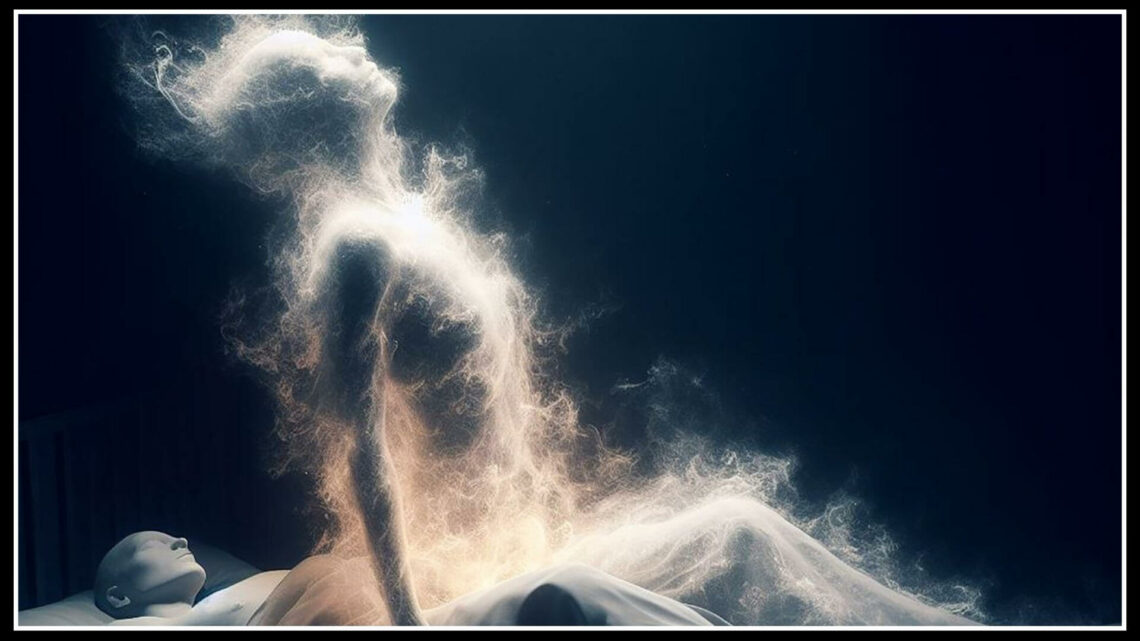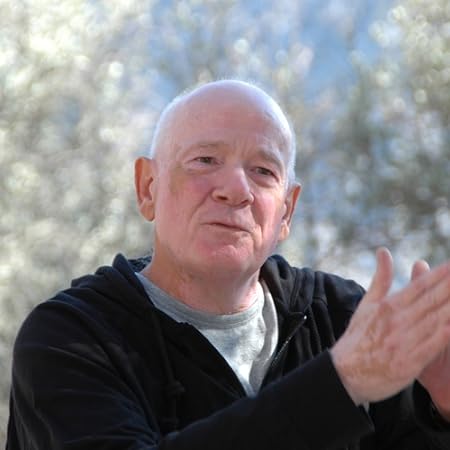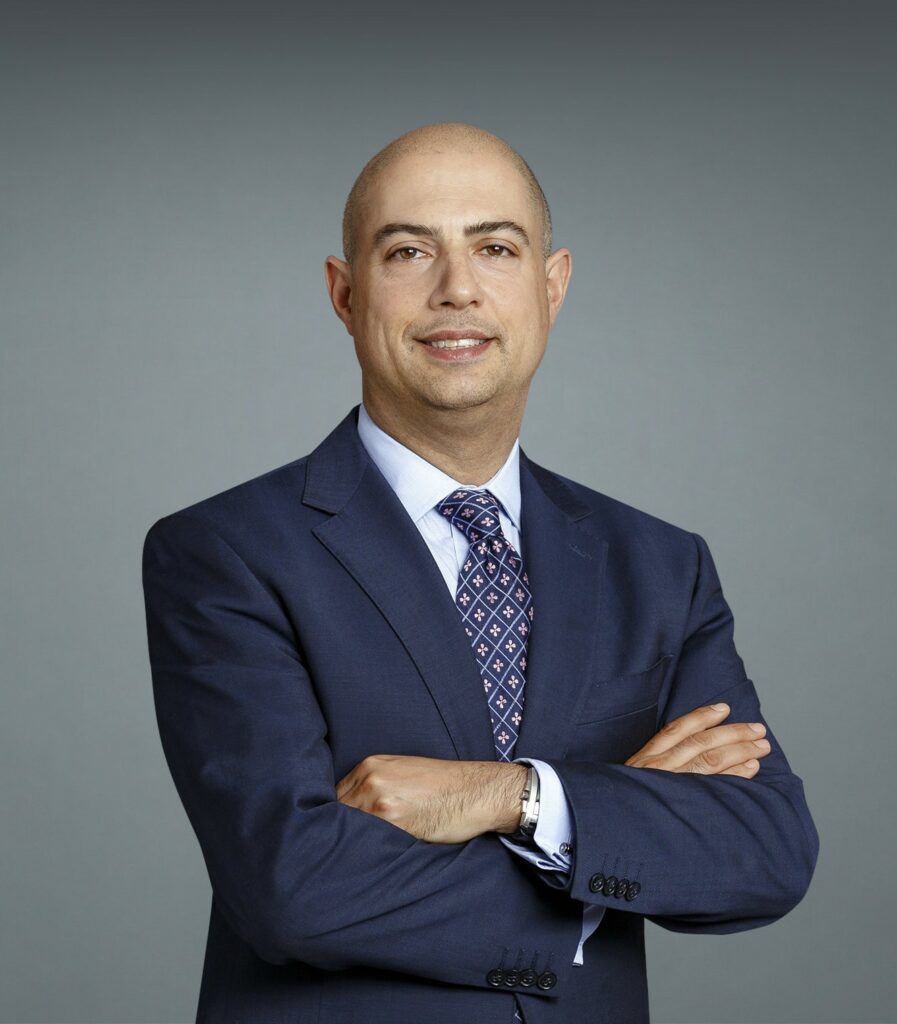
Actual-Death Experiences
What is an Actual-Death Experience?
Many researchers are likely to have a greater level of familiarity with the concept of Near-Death Experience (NDE). The Actual Death Experience essentially mirrors the NDE, encompassing identical features. Nevertheless, the term Actual Death Experience has been assigned to this phenomenon to provide a more precise scientific delineation.
By using the term ADE, researchers aim to emphasize the unique nature of the experiences reported by individuals who have undergone the process of dying and being revived. This distinction allows for a more focused investigation into the specific features and implications of these experiences, separate from the broader category of NDEs.
Why Research the Actual-Death Experience to Understand Human Consciousness?
The study of Actual-Death experiences provides valuable insights into the conscious experiences that individuals undergo during the process of dying. These experiences challenge traditional scientific understandings of consciousness, suggest the potential existence of an afterlife, and highlight the transformative effects ADEs can have on individuals’ lives.
Numerous researchers hold the belief that conducting more comprehensive studies in this particular area could lead to a more profound comprehension of consciousness and the enigmas related to death and the dying process.
For instance, an individual who displays signs of a prosperous life exudes confidence, and garners admiration from their peers might describe their ADE as positive. However, if they recount a distressing and harrowing ADE, it could indicate that their outward success was merely a facade, concealing deep-seated insecurities and feelings of inadequacy. This revelation underscores the significant impact of subconscious beliefs on shaping one’s consciousness.
Where did the Phenomenon Come From?
The phenomenon has a long historical lineage, dating back to Plato’s Republic (380 B.C), and is also referenced in the Bible, such as Paul’s Vision and His Thorn in the Flesh (2 Corinthians 12:19), and in John the Apostle’s description of The New Jerusalem in the Book of Revelation (Rev 21:10).
Dr Raymond Moody Ph.D,. M.D.

It was not until 1975 that the public’s interest in the phenomenon truly peaked, after Dr. Raymond Moody Ph.D., M.D., a prominent scholar and lecturer, published his first of many books, Life After Life, in which he coined the phrase ‘Near Death Experience.’ Life After Life garnered tremendous attention and was subsequently adapted into a highly acclaimed film. Moody continues to investigate the phenomenon, and he is recognized as one of the leading authorities on the subject.
Raymond Moody Ph.D., M.D.
While an undergraduate at the University of Virginia in 1965, Moody encountered psychiatrist, Dr. George Ritchie, who told Moody about an incident in which he believed he had journeyed into the afterlife while dead for nearly nine minutes at the age of 20 (which Ritchie would later recount in his book, Return From Tomorrow, published in 1978). Moody began documenting similar accounts by other people who had experienced clinical death and discovered that many of these experiences shared common features, such as the feeling of being out of one’s body, the sensation of travelling through a tunnel, encountering dead relatives, and encountering a bright light.
In an interview with Jeffrey Mishlove, Moody shared his conclusions about his research into near-death experiences:
“I don’t mind saying that after talking with over a thousand people who have had these experiences and having experienced many times some of the really baffling and unusual features of these experiences, it has given me great confidence that there is a life after death. As a matter of fact, I must confess to you in all honesty, I have absolutely no doubt, on the basis of what my patients have told me, that they did get a glimpse of the beyond.”
Dr Raymond Moody Ph.D,. M.D.
Life After Life sold more than 13 million copies, was translated into a dozen foreign languages and became an international best seller.
Actual Death Experience -v- Near Death Experience Terminology Explained
In contrast to Raymond Moody, Dr. Sam Pania M.D., Ph.D., M.R.C.P., labels the phenomenon as an Actual Death Experience instead of an NDE. He explains that his choice of terminology is influenced by the scientific perspective on the nature of physical death as;
“We define death when there is no heartbeat, no breathing, and the brain is no longer functioning. When a patient has died and has all the vital signs of death, he/she/they is no longer alive. It is a clear scientific finding the patient is either dead or alive. It is scientifically impossible to be of both at the precise same time as the other, which is what the term Near Death suggests. We have scientifically proven it is possible to bring a person back after death has been established, which clearly indicates the patient has had an Actual Death Experience and not a Near Death Experience.”
Dr. Sam Parnia M.D., Ph.D., M.R.C.P.
Dr Sam Parnia has worked extensively in the study of death and Human Consciousness. He is currently the Assistant Professor of Critical Care Medicine at the NYU Medical Center in New York.
Parnia also launched the AWARE (AWareness during REsuscitation) study through the Human Consciousness Project, and he is currently the Chairman and Trustee of The Horizon Research Foundation.
Dr Sam Parnia M.D., Ph.D., M.R.C.P.

Characteristics of the Actual Death Experience
Although it is widely acknowledged that each Actual Death Experience is unique, certain common features tend to be present across these experiences.
Researchers have discovered numerous shared characteristics that have been documented, although the individual’s interpretation of these occurrences frequently aligns with the cultural, philosophical, or religious convictions of the person experiencing it. For instance, in the United States, where 46% of the populace believes in guardian angels, the Light is frequently perceived as angels or departed loved ones, whereas Hindus commonly recognize them as messengers of the god of death.
The common traits reported by individuals having an Actual Death Experience are:
- A sense/awareness of being dead.
- A sense of peace, well-being, painlessness, and other positive emotions.
- A sense of removal from the world.
- An intense feeling of unconditional love and acceptance. Experiencing euphoric environments.
- A perception of one’s body from an outside position, sometimes observing medical professionals performing resuscitation efforts.
- A “tunnel experience” or entering a darkness.
- A sense of moving up, or through, a passageway or staircase.
- A rapid movement toward and/or sudden immersion in a powerful light (or “Being(s) of Light” or “Being(s) dressed in white”) communicates telepathically with the person.
- Being reunited with deceased loved ones.
- Receiving a life review, commonly referred to as “seeing one’s life flash before one’s eyes”.
- Approaching a border or a decision by oneself or others to return to one’s body, often accompanied by a reluctance to return.
- Suddenly finding oneself back inside one’s body.
- Connection to the cultural beliefs held by the individual, which seem to dictate some of the phenomena experienced in the ADE, but more so affects the later interpretation of such.